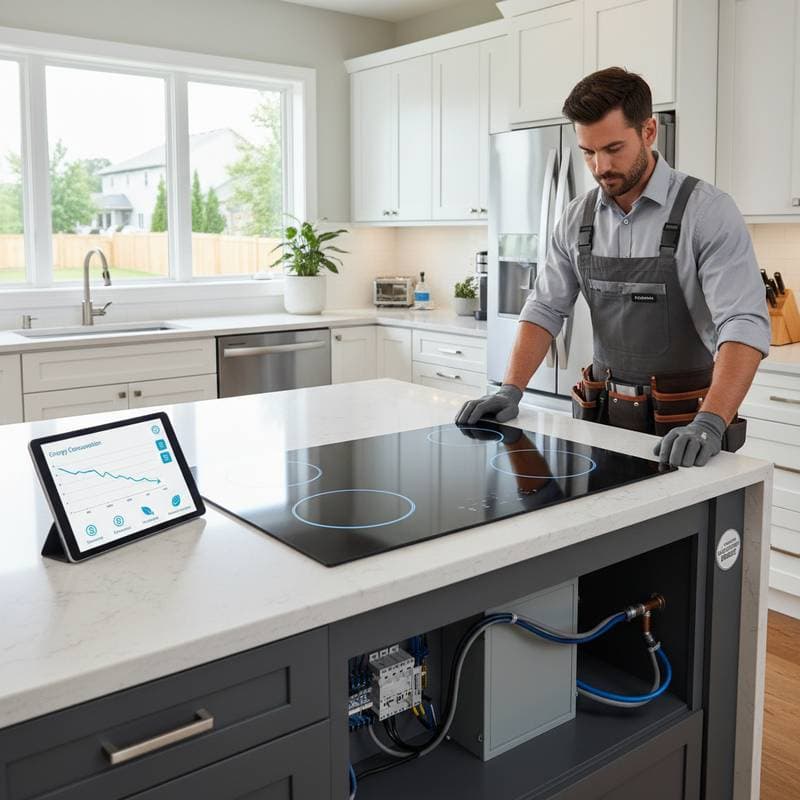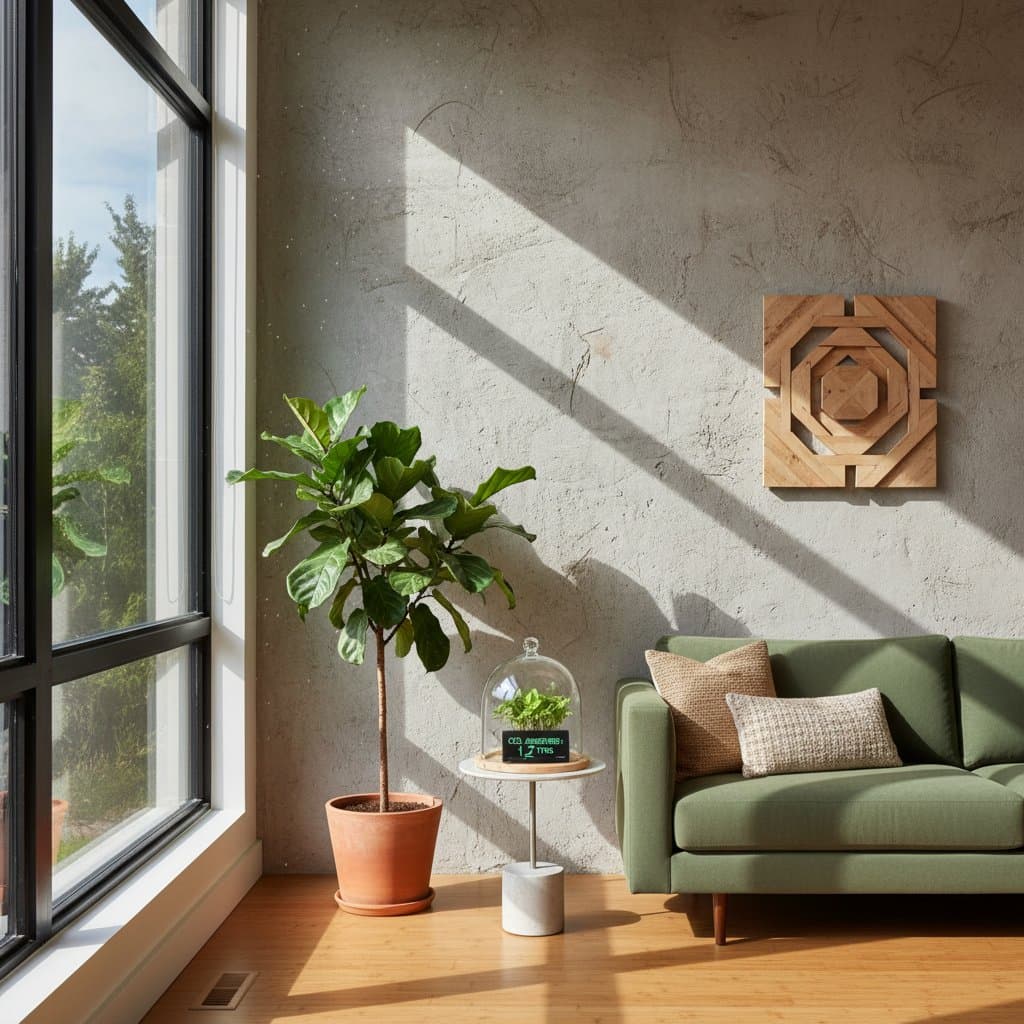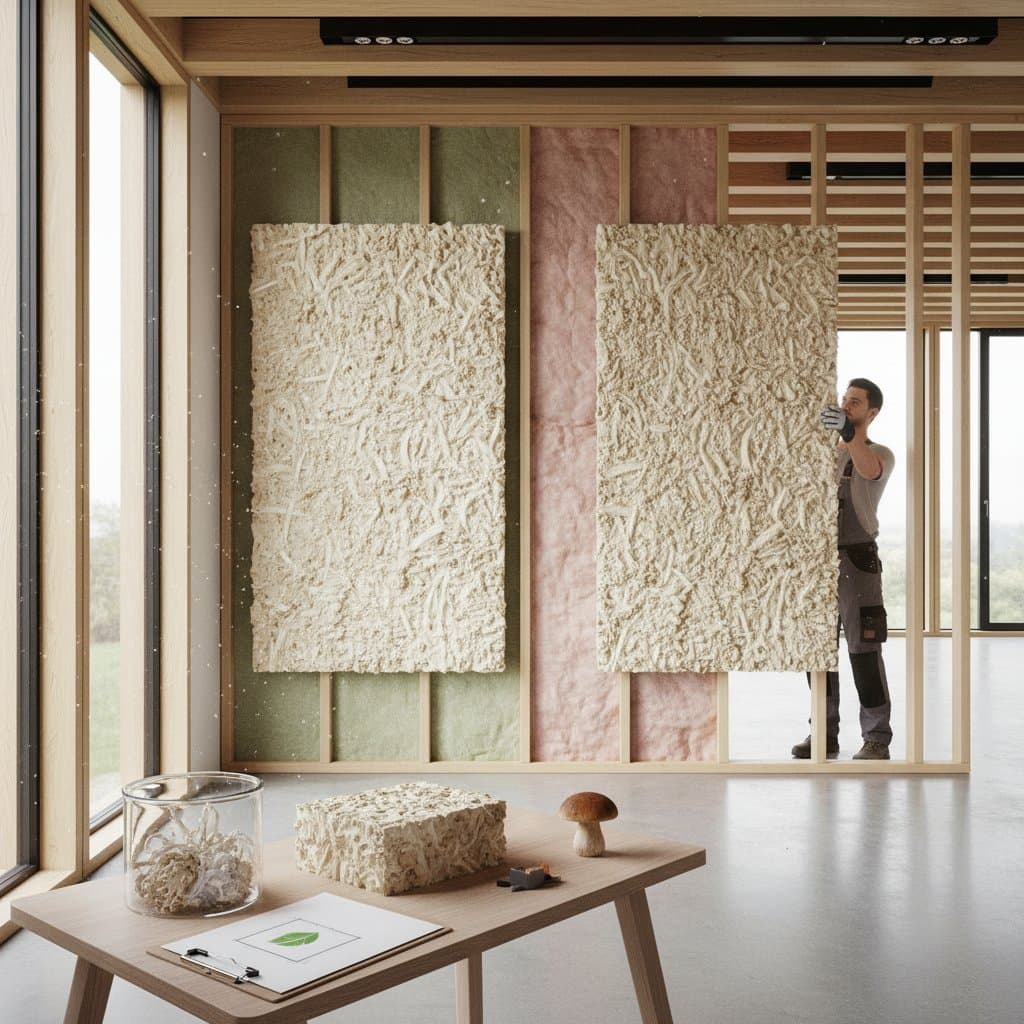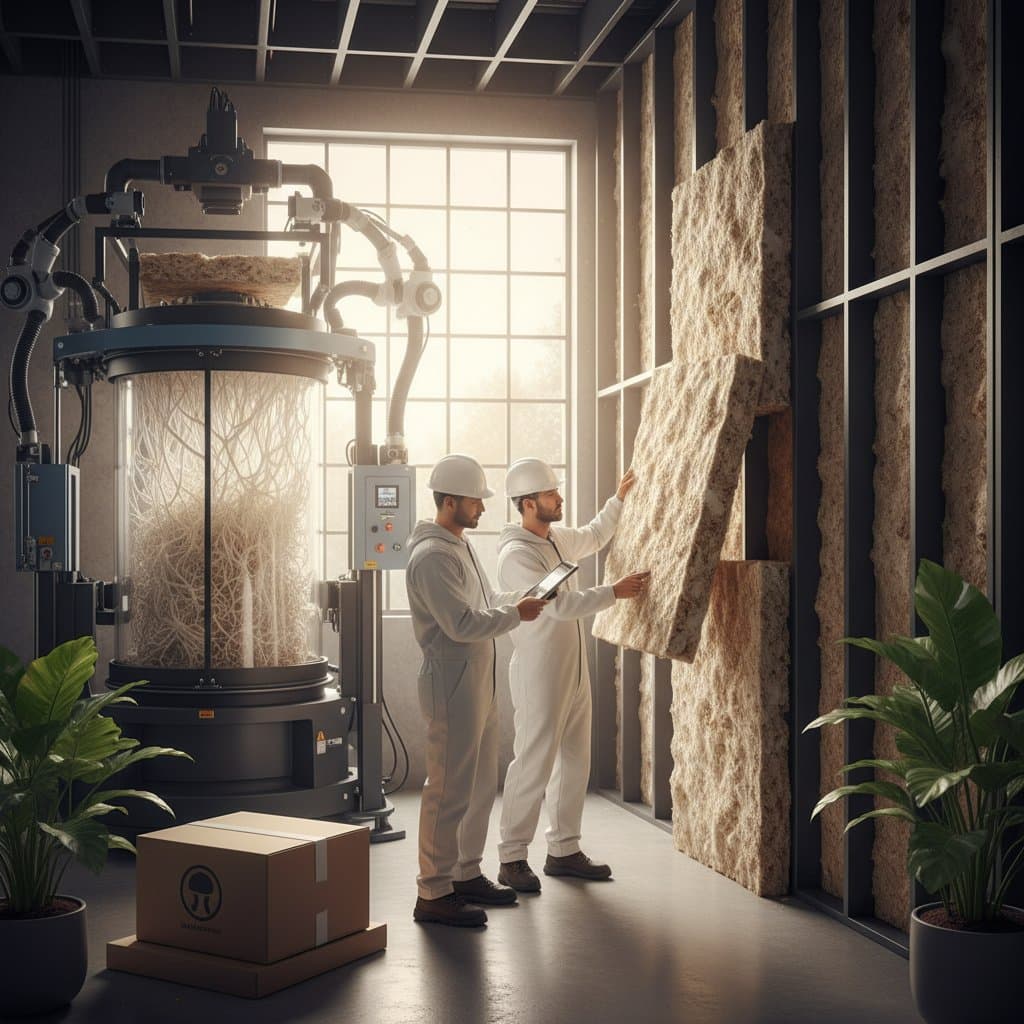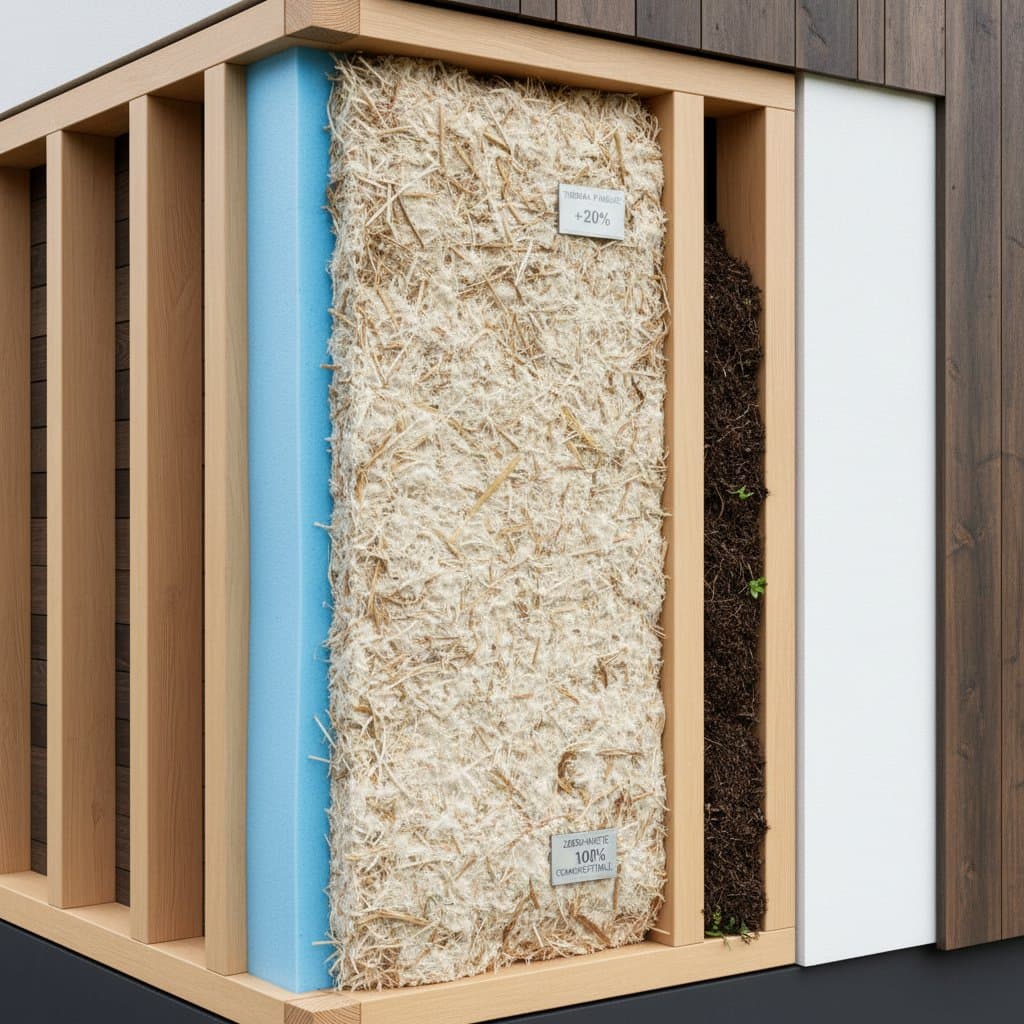Key Points
- Hempcrete walls sequester more carbon than they produce, positioning them among the rare building materials that actively diminish atmospheric carbon levels.
- These walls deliver superior thermal efficiency, which results in substantial reductions in heating and cooling expenses.
- Hempcrete remains vapor-permeable, inherently resistant to fire, and exceptionally durable, ensuring both occupant comfort and structural resilience.
- Initial expenses may surpass conventional insulation by 10 to 20 percent, yet long-term savings and enhanced property values frequently compensate for this premium.
The Quest for Sustainable Home Comfort
Homeowners seek residences that maintain comfort across seasons without excessive energy costs. Traditional building practices often rely on materials that permit heat loss, retain moisture, and contribute to environmental emissions. In response, builders and owners increasingly turn to hempcrete, a natural composite that addresses comfort, affordability, and ecological impact.
Hempcrete emerges as a viable alternative through its simple composition and performance benefits. This material integrates seamlessly into modern construction while promoting sustainability. Builders apply it as infill in framed walls, creating structures that align with environmental goals.
Understanding Hempcrete Composition
Hempcrete consists of the hemp plant's woody inner core, combined with lime and water. Workers mix these elements to create a lightweight, insulating substance that they pour or spray into wall frameworks. Unlike Portland cement-based concrete, which releases significant carbon during manufacturing, hempcrete captures carbon dioxide throughout its curing process.
The lime component further enhances this effect by mineralizing over years, permanently binding carbon. In quantitative terms, one cubic meter of hempcrete sequesters approximately 100 kilograms of carbon dioxide. Thus, every hempcrete wall functions as a carbon sink, extending benefits beyond mere energy efficiency.
Enhancing Comfort with Natural Properties
Hempcrete provides practical advantages that elevate daily living. Its porous texture allows vapor permeability, which balances indoor humidity levels without relying on artificial ventilation. This characteristic also deters mold and pest infestations, fostering superior air quality.
Regarding insulation, hempcrete achieves thermal conductivity rates of 0.06 to 0.09 watts per meter-kelvin, comparable to advanced foam products. Consequently, structures with hempcrete walls experience 30 to 50 percent lower demands for heating and cooling compared to typical builds. These efficiencies accumulate over time, often recouping upfront costs multiple times.
Evaluating Costs and Long-Term Returns
Hempcrete installation typically costs 10 to 20 percent more than standard insulation, influenced by labor rates and material sourcing in specific regions. However, a comprehensive assessment reveals substantial financial merits that extend beyond initial outlay.
Principal economic benefits encompass:
- Energy reductions: Decreased utility payments lower ongoing expenses from the outset.
- Longevity: Appropriate lime-based finishes ensure minimal upkeep across decades.
- Property appreciation: Sustainable features appeal to buyers, potentially increasing market value.
- Additional savings: Fire-resistant qualities and non-toxic nature may reduce insurance premiums and support better health for residents.
When accounting for these factors, hempcrete yields an average annual return of 5 to 15 percent throughout the structure's lifespan.
Tailoring Hempcrete to Regional Climates
Hempcrete's breathable nature suits diverse environments, from humid tropics to arid deserts. In cold regions, designers incorporate thicker applications or complementary insulation for heightened thermal barriers. In hot climates, the material's thermal mass moderates temperature fluctuations without mechanical aids.
Formulation adjustments allow compliance with varied building regulations. Professionals test and adapt mixes to meet local standards, ensuring optimal performance. This versatility makes hempcrete applicable across global construction contexts.
Addressing Common Homeowner Inquiries
Does hempcrete bear structural loads?
No, it serves as non-structural infill within a supporting frame, such as timber or metal.
Can hempcrete substitute for drywall?
Yes, although many opt for lime plaster coatings to enhance durability and achieve a uniform appearance.
How does hempcrete handle moisture?
It absorbs and expels moisture harmlessly, mitigating risks of condensation and mold.
Must builders possess specialized expertise?
While training accelerates proficiency, most contractors master the process with support from hempcrete experts or certification courses.
Steps to Incorporate Hempcrete in Your Build
Homeowners interested in sustainable options should engage builders experienced with bio-based materials. Request detailed cost analyses that project energy savings over 20 years. Confirm adherence to local codes for hemp-derived infills and select compatible lime renders for vapor-open systems.
Explore suppliers for regionally sourced hemp hurds to minimize transport emissions. Schedule site visits to completed projects for firsthand insights. By following these steps, individuals construct homes that sequester carbon, optimize energy use, and promote enduring well-being.


